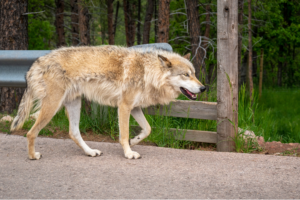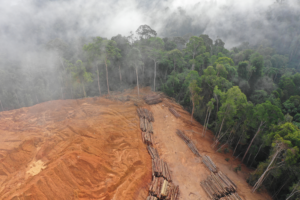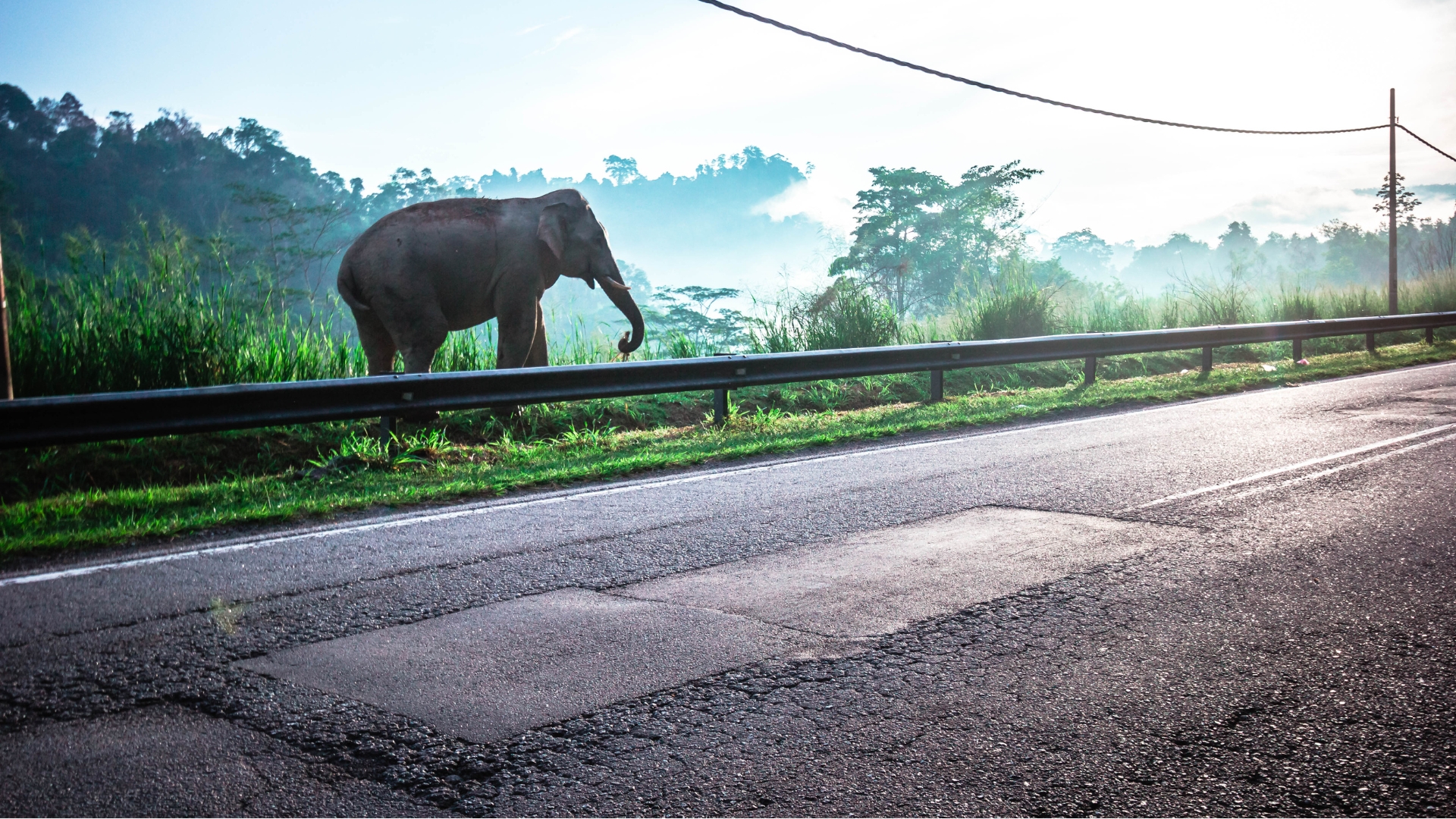Human population growth is squeezing out wild animals
WriHuman population growth is squeezing out wild animals A new study projects that human-wildlife overlap will increase across more than half of all land areas by 2070, mainly due to human population growth. This is bad news for wild species, of which one million are already estimated to be facing extinction. Human population growth is a root driver of biodiversity loss, primarily because it leads to natural habitats being converted to human land uses, as well as overexploitation of species, including for food, timber, and the wildlife trade. As human numbers grow and spread out across the globe, populated areas also overlap more and more with those inhabited by wildlife. A landmark 2019 UN assessment estimated that humans have already significantly altered three-quarters of terrestrial areas and two-thirds of marine areas — as human populations, activities, and infrastructure continue to expand, the millions of species we share this planet with increasingly have nowhere left to go. Proximity of wildlife to high human population density carries important disease risks too. Recent pandemics, including COVID-19, were all driven by zoonotic diseases, meaning they originated in animals and jumped to humans. The ongoing human encroachment into wildlife habitats is significantly increasing the risk of new disease emergence. The study, published in Science Advances, looked at the overlap of global human populations and 22,374 terrestrial vertebrate species in 2015, and compared this with projections for 2070. The researchers estimated that overlap will increase across roughly 57 percent, and decrease across only around 12 percent, of the Earth’s terrestrial surface. The remaining areas with no change either have zero human population density, zero species richness (the number of different species), or both. The authors calculated the average change across a range of climate warming and population growth scenarios used by the Intergovernmental Panel on Climate Change (IPCC). They found that intensification of human population densities was the main driver of increasing overlap, rather than change in wildlife distributions caused by climate change. Almost half of the world’s land (around 47 percent) is projected to see a doubling in human-wildlife overlap by 2070, and overlap is expected to increase in 178 countries. The most affected areas are Africa, which will experience an increase in overlap across 71 percent of its lands, followed by South America, at 67 percent. In North America, an estimated 39 percent of lands will see increasing overlap, as well as 26 percent of Oceania. Europe is an outlier, with the highest proportion of land area (21 percent) expected to experience a decline in human-wildlife overlap over the next five decades. These results are unsurprising, considering that Africa is the continent with the most rapid human population growth, while Europe’s population is expected to drop slightly by 2070, according to the most recent UN projections. A major limitation is that the authors used only climatic variables to predict species distribution — they did not account for anthropogenic pressures, which also heavily impact where different species will be found in the future. For example, a forested area might have the right climate to support a certain species, but if the area is heavily affected by hunting, logging, and intentional fire setting (as is the case for large parts of the Congo Basin, for example), it does not make a good habitat. Nevertheless, the study provides a useful insight into which areas might face the highest risk of growing human-wildlife conflict, which can inform conservation action. Disappointingly, the authors did not mention that slowing human population growth is key to reducing pressure on biodiversity. Human populations near biodiversity hotspots are growing a lot faster than the global average — this needs addressing, especially as rapid population growth is a result of deep gender inequalities. Empowering all women to choose the number and timing of their children by ending harmful patriarchal customs and removing all other barriers to family planning is key to improving lives and saving biodiversity. Low birth rates in places like Europe are widely seen in a negative light due to unsustainable economies’ reliance on continuous growth, but they are critical to a better future. Policymakers who are serious about preserving life on this planet must confront the hard fact that we cannot do so without limiting our own numbers and our damaging activities.Population growth and biodiversity loss
Why is overlap important?
 While proximity to wildlife can bring many advantages to humans, from mental health benefits to natural pest control, it also increases the likelihood of human-wildlife conflict, which can cause economic losses and, in some cases, endanger lives. In every conflict situation, the biggest losers are inevitably the wild animals, which, in best-case scenarios, are forcibly relocated, and in worst-case scenarios, are culled to the point of local extinction. This has happened countless times throughout human history, such as with the eradication of large predators like wolves and bears from vast areas of Europe and North America.
While proximity to wildlife can bring many advantages to humans, from mental health benefits to natural pest control, it also increases the likelihood of human-wildlife conflict, which can cause economic losses and, in some cases, endanger lives. In every conflict situation, the biggest losers are inevitably the wild animals, which, in best-case scenarios, are forcibly relocated, and in worst-case scenarios, are culled to the point of local extinction. This has happened countless times throughout human history, such as with the eradication of large predators like wolves and bears from vast areas of Europe and North America.The findings
 The authors also looked at different land and species types. They highlighted forested areas, which are projected to mostly have increasing human-wildlife overlap, but also the biggest decreases in species richness. For example, in South American and African forests, the median mammal richness is projected to decrease by 33 percent and 21 percent, respectively, while the median bird richness will decrease by 37 and 26 percent, respectively. The fact that human-wildlife overlap is still expected to increase in these forests means that the projected decline in species richness is more than offset by the expected increase in human population density.
The authors also looked at different land and species types. They highlighted forested areas, which are projected to mostly have increasing human-wildlife overlap, but also the biggest decreases in species richness. For example, in South American and African forests, the median mammal richness is projected to decrease by 33 percent and 21 percent, respectively, while the median bird richness will decrease by 37 and 26 percent, respectively. The fact that human-wildlife overlap is still expected to increase in these forests means that the projected decline in species richness is more than offset by the expected increase in human population density.Shortcomings and takeaways

